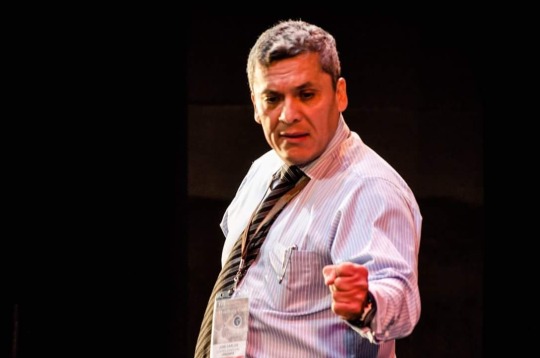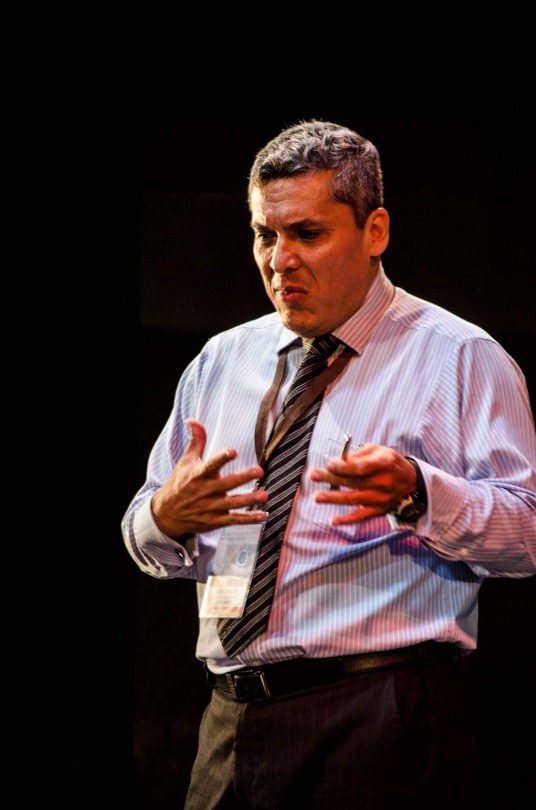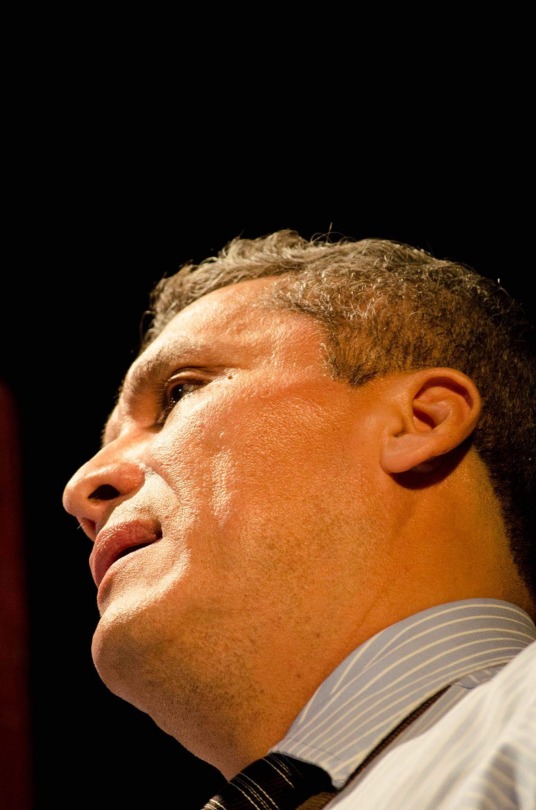 |
Detección por ultrasonido de obstrucción de la vía aérea en un modelo de de apnea obstructiva del sueño
Ultrasonographic Detection of Airway Obstruction in a Model of Obstructive Sleep Apnea.
Abstract
Purpose Obstructive sleep apnea (OSA) is a common clinical disorder characterized by repetitive airway obstruction during sleep. The gold standard for diagnosis of OSA, polysomnogram (PSG), cannot anatomically localize obstruction. Precise identification of obstruction has potential to improve outcomes following surgery. Current diagnostic modalities that provide this information require anesthesia, involve ionizing radiation or disrupt sleep. To mitigate these problems, we conceived that ultrasound (US) technology may be adapted (i) to detect, quantify and localize airway obstruction and (ii) for translational application to home-based testing for OSA. Materials and Methods Segmental airway collapse was induced in 4 fresh cadavers by application of negative pressure. Following visualization of airway obstruction, a rotary US probe was used to acquire transcervical images of the airway before and after induction of obstruction. These images (n=800) were analyzed offline using image processing algorithms. Results Our results show that the non-obstructed airway consistently demonstrated the presence of a US air-tissue interface. Importantly, automated detection of the air-tissue interface strongly correlated with manual measurements. The algorithm correctly detected an air-tissue interface in 90% of the US images while incorrectly detecting it in 20% (area under the curve=0.91). Conclusion The non-invasive detection of airway obstruction using US represents a major step in expanding OSA diagnostics beyond PSG. The preliminary data obtained from our model could spur further research in non-invasive localization of obstruction. US offers the benefit of precise localization of the site of obstruction, with potential for improving outcomes in surgical management.
KEYWORDS: head/neck; segmentation; technical aspects; ultrasound
|
Monitoreo postoperatorio con el Capnostream en pacientes con síntomas de apnea obstructiva del sueño - Serie de casos.
Post operative capnostream monitoring in patients with obstructive sleep apnoea symptoms - Case series.
Sleep Sci. 2016 Jul-Sep;9(3):142-146. doi: 10.1016/j.slsci.2016.12.004. Epub 2016 Dec 13.
Abstract
Obstructive sleep apnoea (OSA) patients on opioid analgesic have an increased incidence of postoperative respiratory complications; prevention of these may be possible with appropriate post-operative monitoring. We recruited 4 OSA patients who had general anaesthesia for orthopaedic and septoplasty surgery. They required Patient Controlled Analgesia (PCA) or oral opioids in the post-operative period, hence continuous Saturation of Oxygen (Spo2), End Tidal Carbon dioxide (EtCo2) monitoring on Capnostream monitor with Integrated Pulmonary Index (IPI) was organized in high dependency unit. Overnight data was collected every 30 s which included pulse rate, respiratory rate, EtCo2, Spo2, and IPI. The nursing staff was also asked to document if any intervention was carried out due to altered IPI. For first two patient events occurred during various hours but there were no significant events in early night even though increased opioid use at that time. During the period of desaturation nurse intervention required to increase the O2 flow in the first patient but corrected spontaneously in the second patient. IPI index improved over a period of 2 min in most of the events. The duration of desaturation did not correspond with the IPI in only once, remaining period the clinical symptoms were consistent with fall in O2 saturation. The microstream capnography with IPI may provide complete respiratory status of the patient because of its comprehensive parameters on one screen. Main limitation was duration of monitoring was limited to overnight. Capnostream monitoring with IPI may have a role in patients monitoring with OSA on PCA in the postoperative ward but more trials are necessary.
KEYWORDS: Capnostream monitor; Integrated pulmonary index; Obstructive sleep apnoea; Opioid analgesia; Post operative analgesia; Respiratory complications
|
Apnea obstructiva del sueño. Un factor de riesgo perioperatorio
Obstructive Sleep Apnea-a Perioperative Risk Factor.
Abstract
BACKGROUND: Obstructive sleep apnea (OSA) is a common disorder of breathing but is probably underappreciated as a perioperative risk factor. METHODS: This review is based on pertinent articles, published up to 15 August 2015, that were retrieved by a selective search in PubMed based on the terms "sleep apnea AND anesthesia" OR "sleep apnea AND pathophysiology." The guidelines of multiple specialty societies were considered as well. RESULTS: OSA is characterized by phases of upper airway obstruction accompanied by apnea/hypoventilation, with hypoxemia, hypercapnia, and recurrent overactivation of the sympathetic nervous system. It has been reported that 22% to 82% of all adults who are about to undergo surgery have OSA. The causes of OSA are multifactorial and include, among others, an anatomical predisposition and /or a reduced inspiratory activation of the bronchodilator muscles, particularly when the patient is sleeping or has taken a sedative drug, anesthetic agent, or muscle relaxant. OSA is associated with arterial hypertension, coronary heart disease, and congestive heart failure. It can be assessed before the planned intervention with polysomnography and structured questionnaires (STOP/STOP-BANG), with sensitivities of 62% and 88%. The utility of miniaturized screening devices is debated. Patients with OSA are at risk for perioperative problems including difficult or ineffective mask ventilation and/or intubation, postoperative airway obstruction, and complications arising from other comorbid conditions. They should be appropriately monitored postoperatively depending on the type of intervention they have undergone, and depending on individually varying, patient-related factors; postoperative management in an intensive care unit may be indicated, although no validated data on this topic are yet available. CONCLUSION: OSA patients need care by specialists from multiple disciplines, including anesthesiologists with experience in recognizing OSA, securing the airway of OSA patients, and managing them postoperatively. No randomized trials have yet compared the modalities of general anesthesia for OSA patients with respect to postoperative complications or phases of apnea or hypopnea.
|
SAOS implicaciones anestésicas
Dra. Miriam del Carmen Miranda Mendoza
Rev Mex Anestesiol Vol. 38. Supl. 1 Abril-Junio 2015 pp S255-S256
El síndrome de apnea obstructiva del sueño (SAOS) es un padecimiento más común de lo que podemos apreciar, se caracteriza por episodios de obstrucción de la vía aérea parcial o total, principalmente durante la noche que pueden durar entre 10 y 20 segundos por minuto; su prevalencia es de más del 10% de la población asociándose principalmente a la obesidad, diabetes, enfermedades cardíacas y edad avanzada, se estima que no todos los pacientes están diagnosticados adecuadamente.
|
|
|
|  |
|







